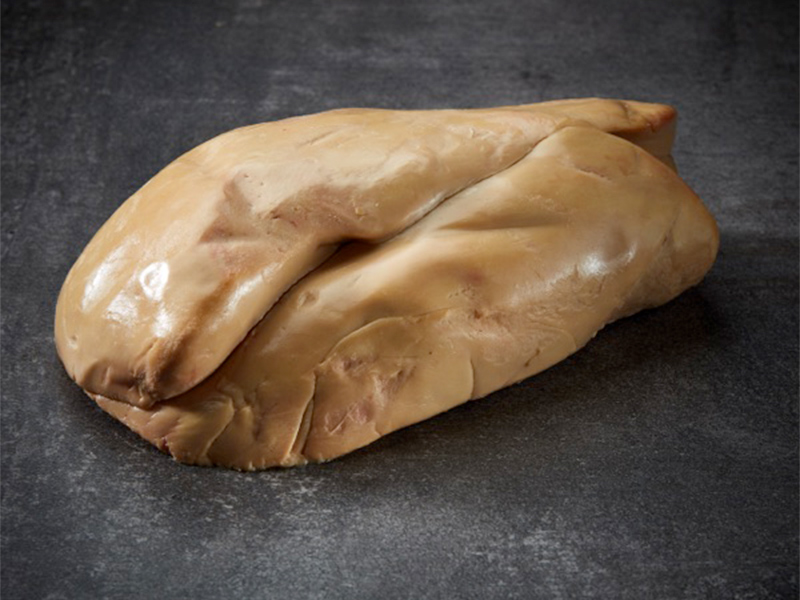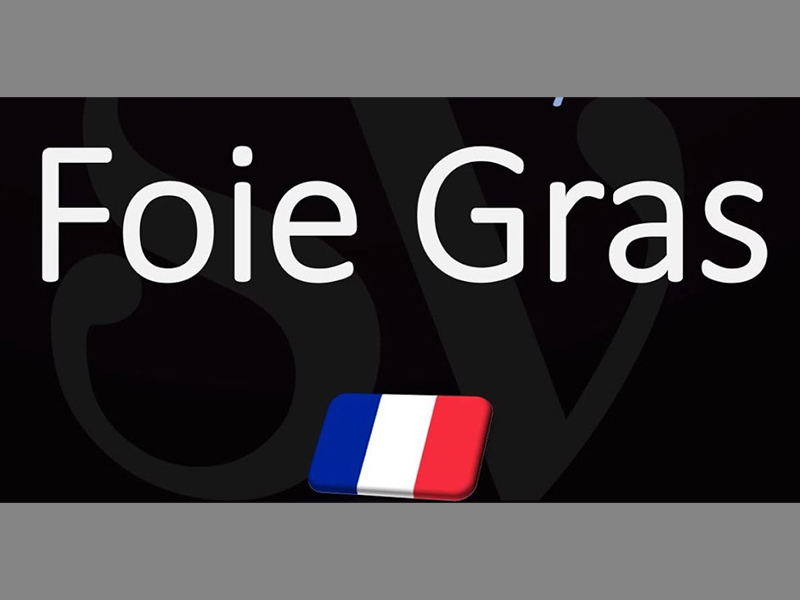I don’t think I’ve ever addressed two more pompous and expensive topics.
Last week I posted a lengthy piece on the luxury of Caviar. And here I am this week taking a deep dive into FOIE GRAS.
They’re worth exploring because each epitomizes FRENCH GASTRONOMICAL EXCELLENCE. Each rewards the eater with a deep, sensual taste that elicits sighs of ecstasy.
But with both products – especially with FOIE GRAS – there is a DARK SIDE. It’s not pretty. Let’s just leave it at that. For now.
FOIE GRAS is fatted duck or goose liver. You may be surprised to learn that culinarians have been perfecting foie gras not just for centuries, but millennia. As far back as 2,500 BC, Egyptians were harvesting liver from wild hyenas…yes, those ravenous creatures that are all teeth and jaw.
Ancient frescos and hieroglyphics show us that they also prized ducks and geese as vehicles for foie gras.
….Which brings us to the now controversial practice of FORCE-FEEDING (or “gavage”).
The birds have a flexible tube inserted down their throat and a slurry of grains is forced into their bodies during the last couple of weeks of their lives, causing their livers to swell. The fattened liver can weigh up to a pound when “harvested.”
France continues the practice today and it has become deeply embedded in the country’s culinary identity. As a matter of fact, the French Parliament declared “gavage” a part of French cultural heritage and enshrined it in French law to ensure that the birds are not harmed (any more than necessary) during feeding.
It should come as no surprise that PETA and other animal rights groups are outraged with the practice of force-feeding. “Ducks and geese have feelings, families and fall in love.”
BUT WAIT. There is more to this story.
In France there are a number of producers who claim that force-feeding is not at all cruel. While human beings gag when force-fed, these producers contend that ducks and geese have no gag reflex. Their physiology allows the throat to stretch (think swallowing whole fish several times the size of their neck). They claim also that the geese queue up with a swagger to be force-fed at feeding time.
Then there is a third group of foie gras producers who do not force-feed at all. They note that because ducks and geese are seasonal migrating birds, they naturally gorge themselves and store as much fat as they can before their 2,000-mile journeys in the spring and fall. Instead of force-feeding the birds, they simply allow them to eat their fill when they’re driven to devour. The livers in these birds are slightly smaller than those of their force-fed counterparts, and thus make the end-product more expensive and less competitive in the marketplace.
Speaking on this topic, the late chef and author Anthony Bourdain said, “PETA has chosen an easy target. A distressed, unhappy animal is bad food. If a human enters a barn and all the ducks waddle toward you, that indicates that their experience with humans is not awful.”
Others say that PETA protesters would do well to focus on Colonel Sanders and grocery store factory-farmed chickens. Those poor caged and confined birds have never had a chance to spread their wings before being hooked and dragged to their death.
Now, the French claim to have the most respected and prestigious cuisine in the world and FOIE GRAS has come to symbolize the notion of French gastronomical superiority. French chefs don’t seem to give much thought to the likes of PETA and the protesters. Perhaps if there were a ban or a movement against VEAL and LOBSTER they might get their GALLIC UNDIES in a knot.
But France has powered through the debate.
The best foie gras comes from Gascony in the southwest of France and is centered near the village of Perigord, where foie gras festivals abound. Local restaurants celebrate the legacy with multiple iterations of foie gras.
Among the attributes that all versions of this almost indescribably indulgent delicacy have in common are a buttery, smooth, delicate sweetness…silky, a little bit meaty, savory…melty in your mouth…creamy and rich.
Popular preparations include:
- 1. The butter-seared fatty LOBE itself.
- 2. As a TERRINE molded into a squarish shape
- 3. Mixed with other meats in a pastry crust (PATE EN CROUTE)
- 4. As a MOUSSE for easy spreading
- 5. A TORCHON….fashioned into a cylinder and sliced.
- 6. And almost always paired with fresh fruit, jam or chutney….and BRIOCHE BUTTEREY TOAST.
There are many more possibilities – and restaurants with Michelin stars invariably feature creative presentations. YOUR TONGUE WILL THANK YOU.
And so the FOIE GRAS WARS continue on. Except now, we leave the hyenas out of it.
W.T.F.
PHIL

















